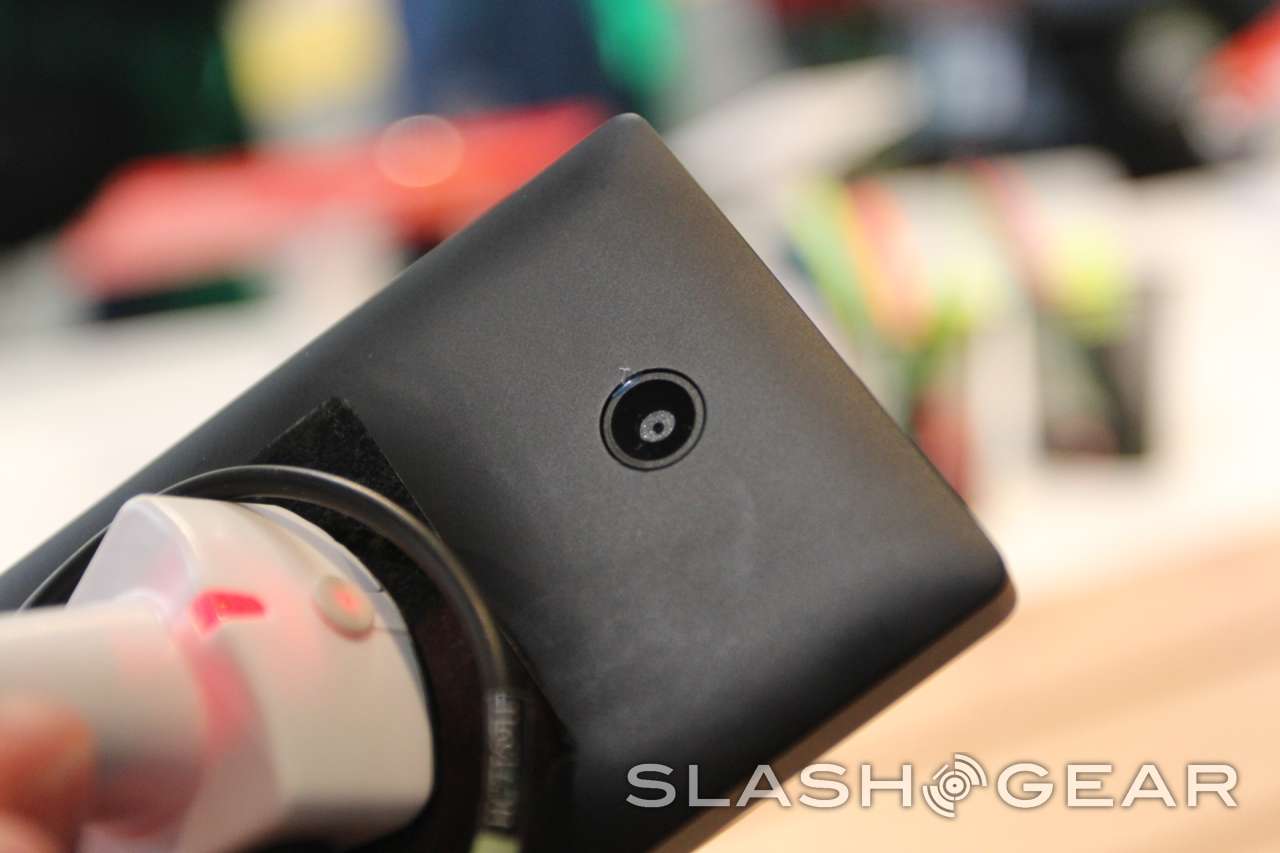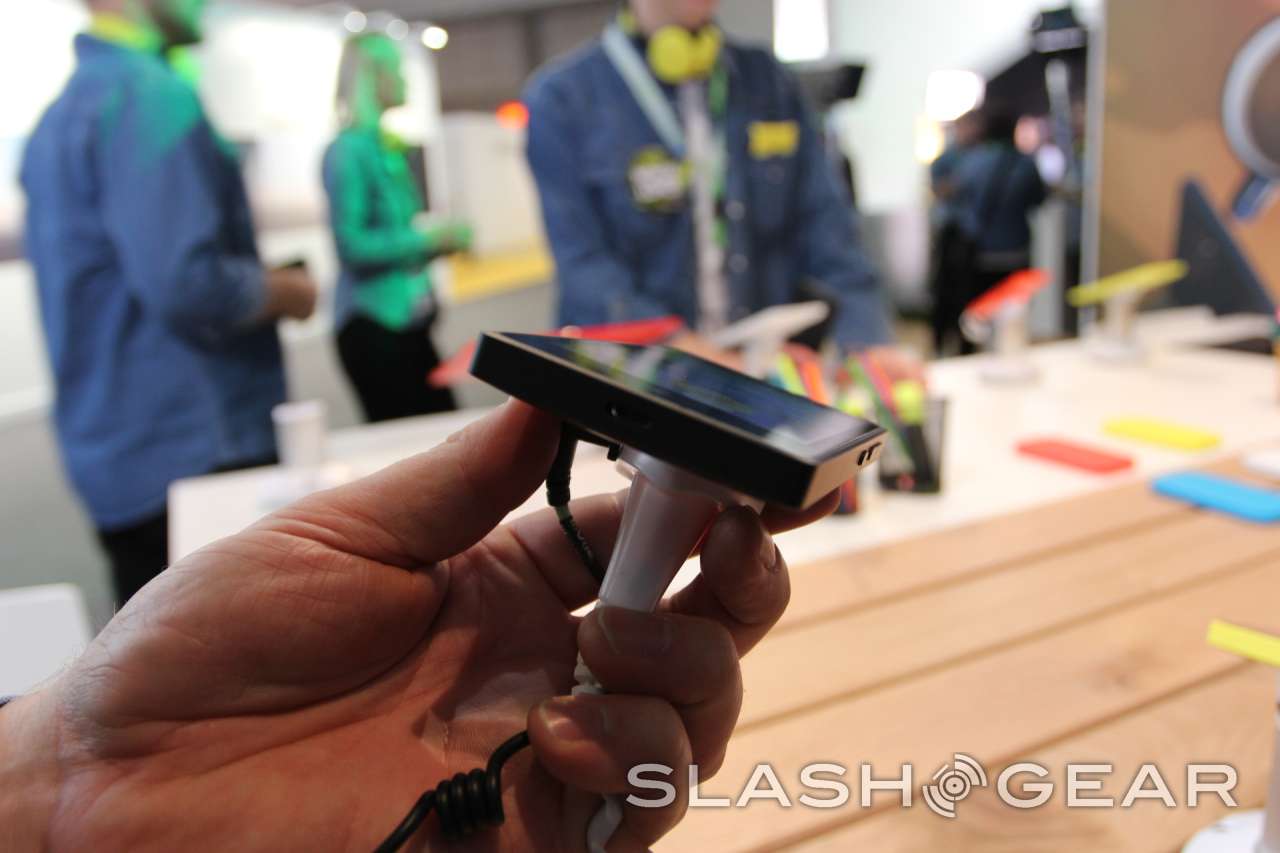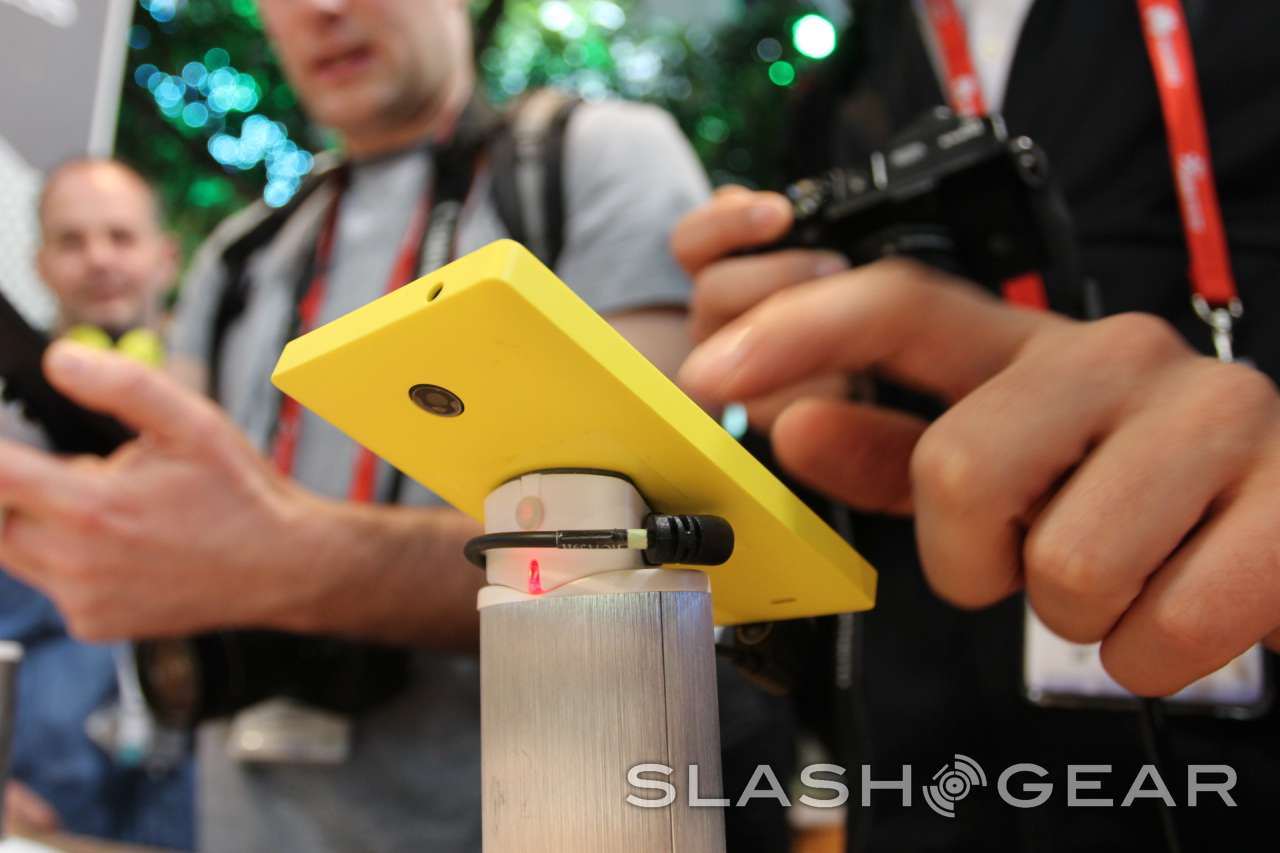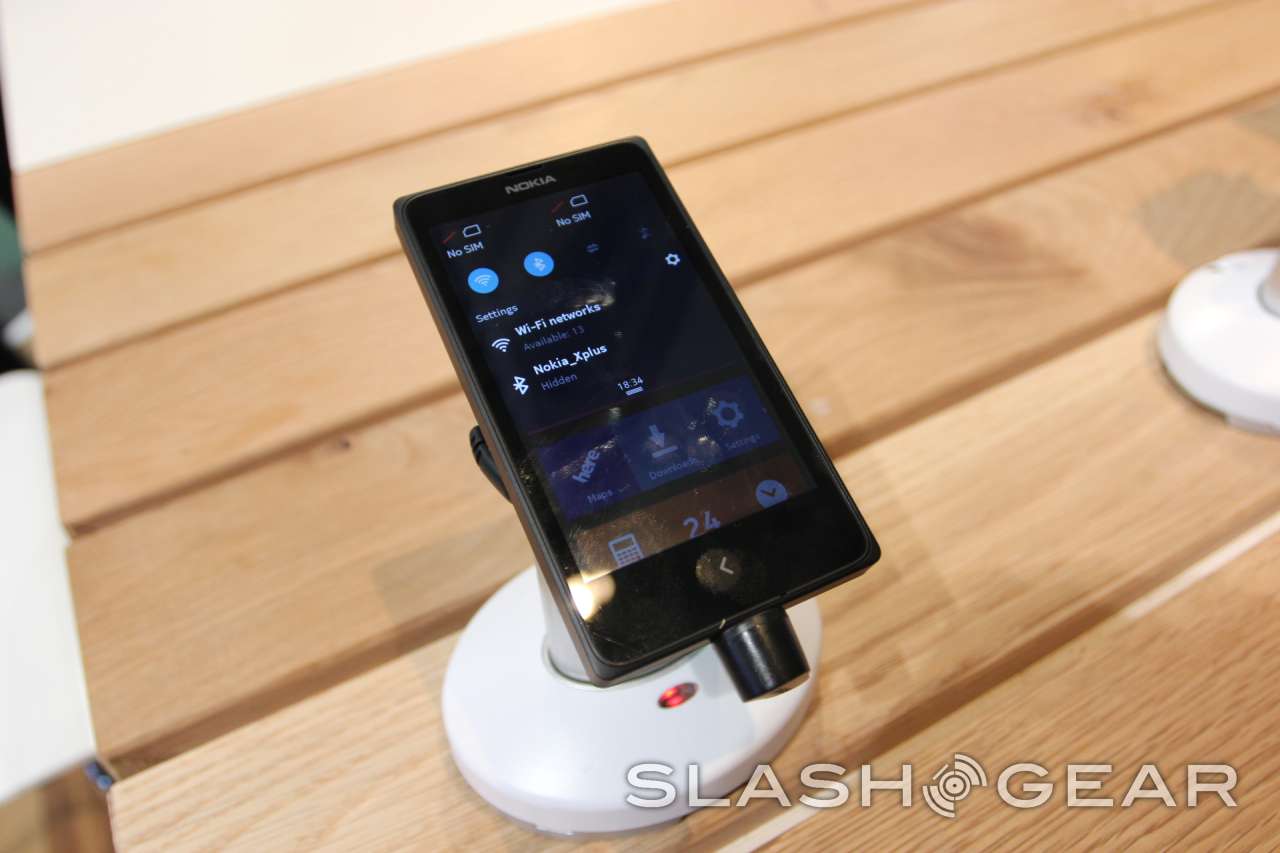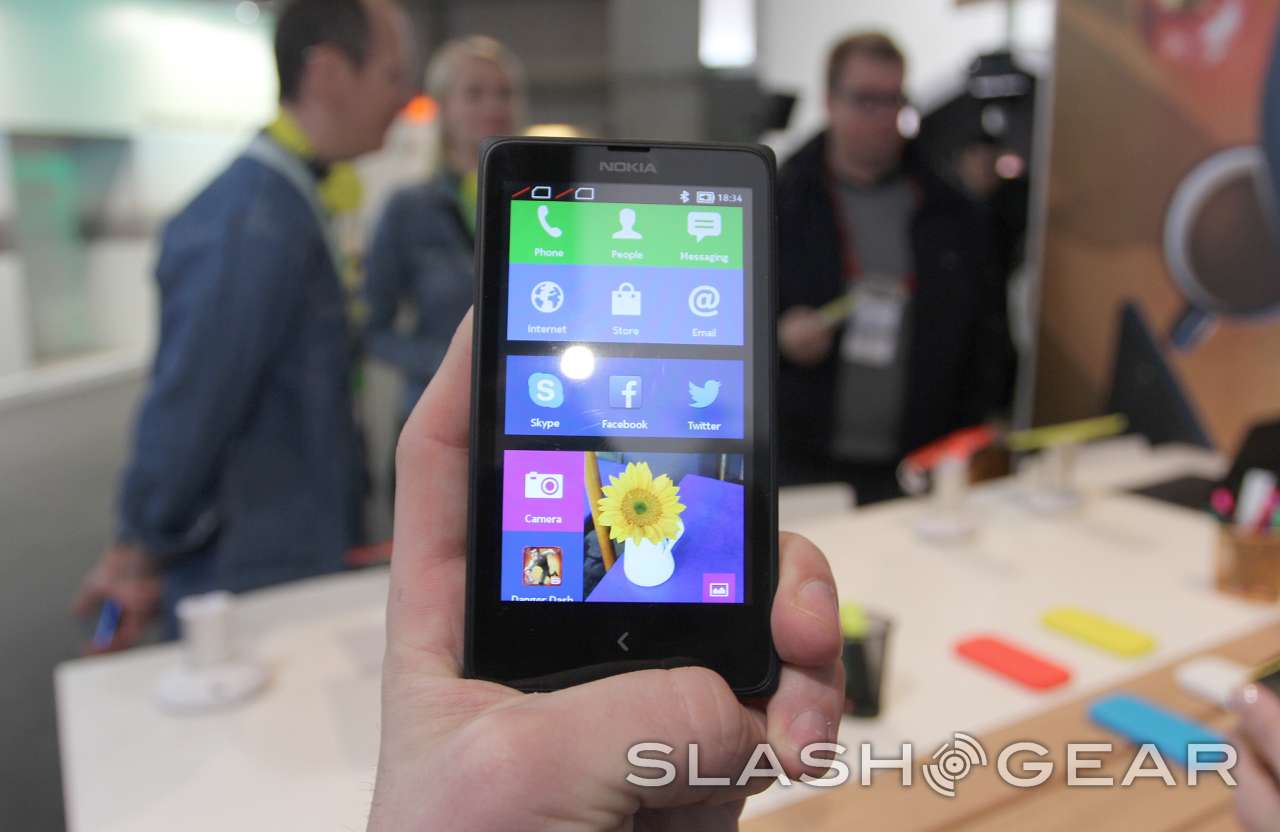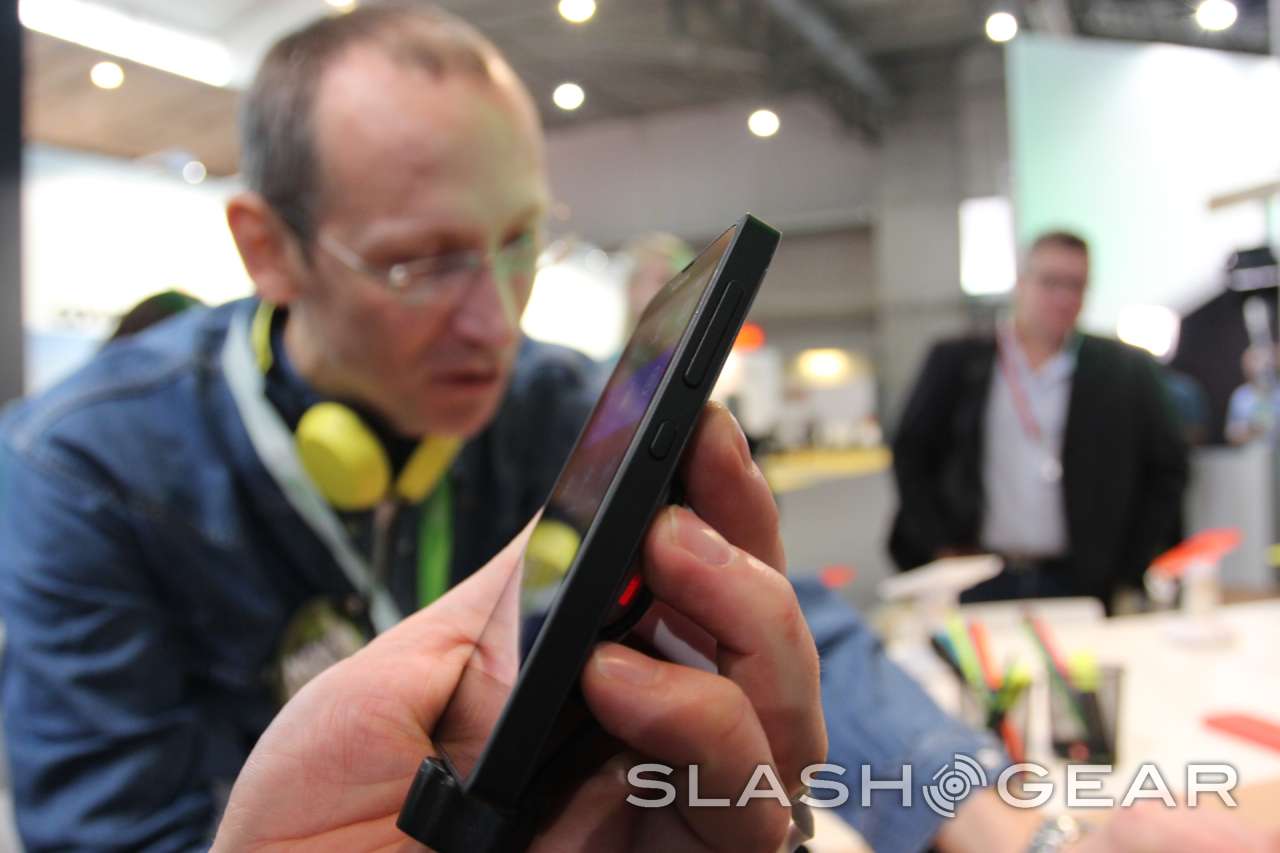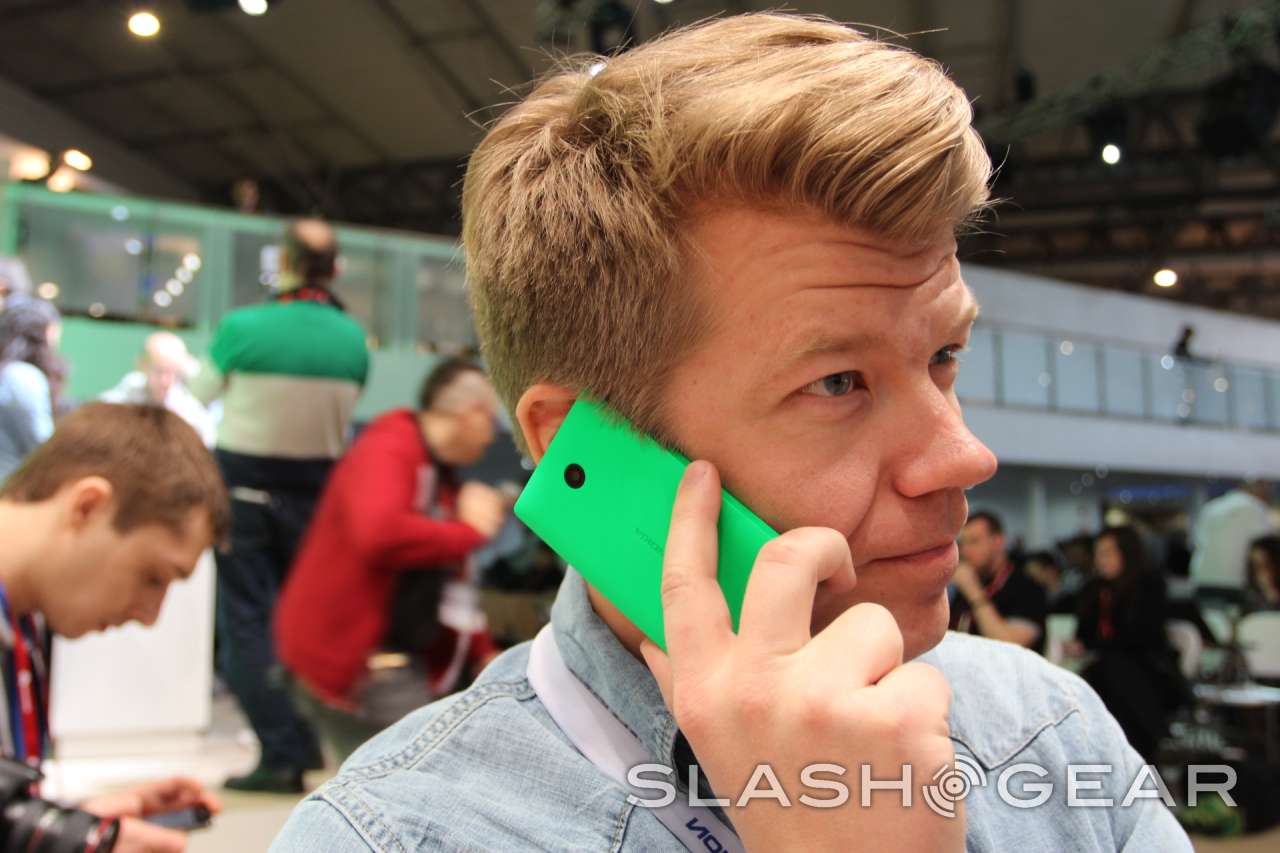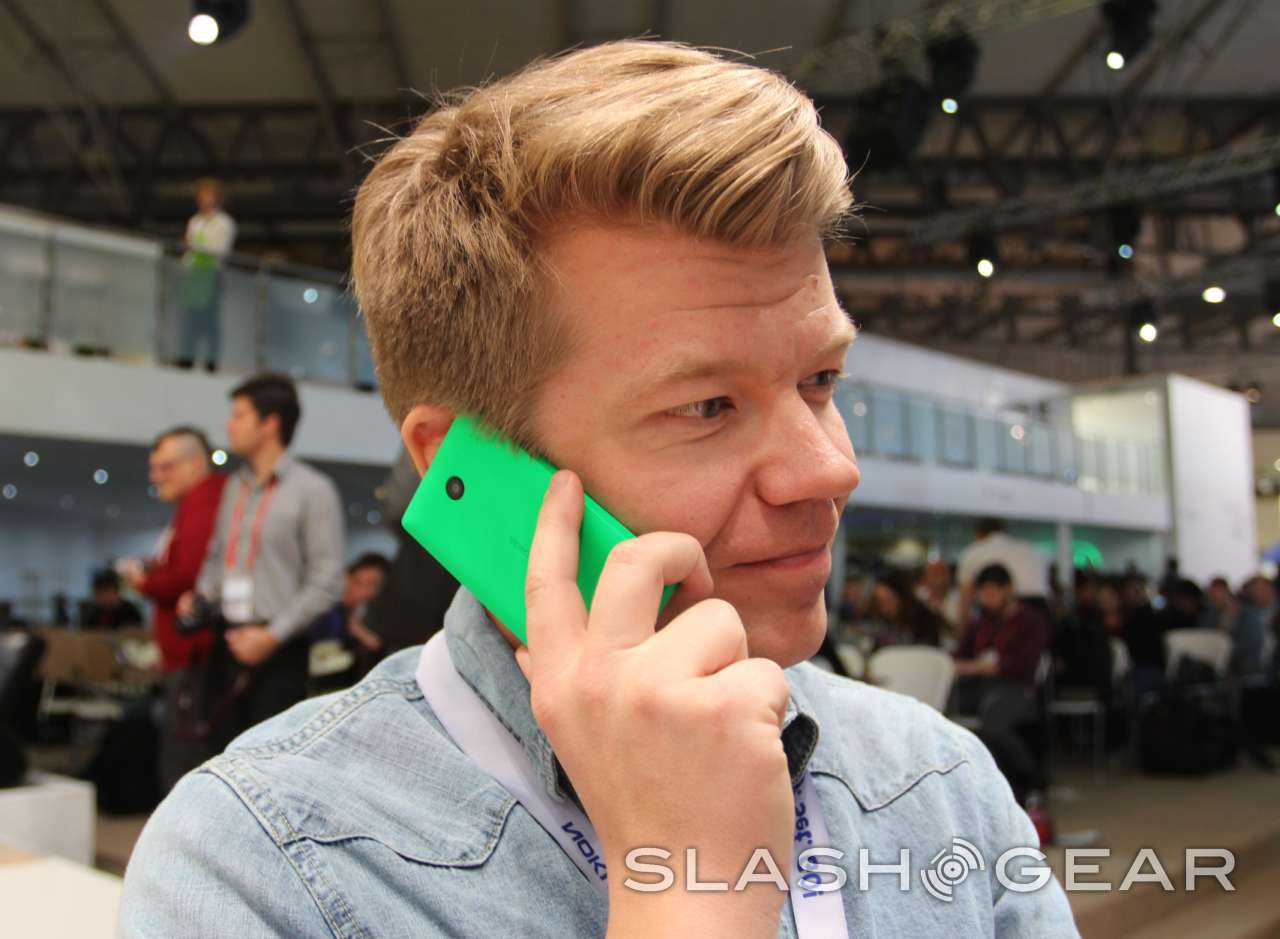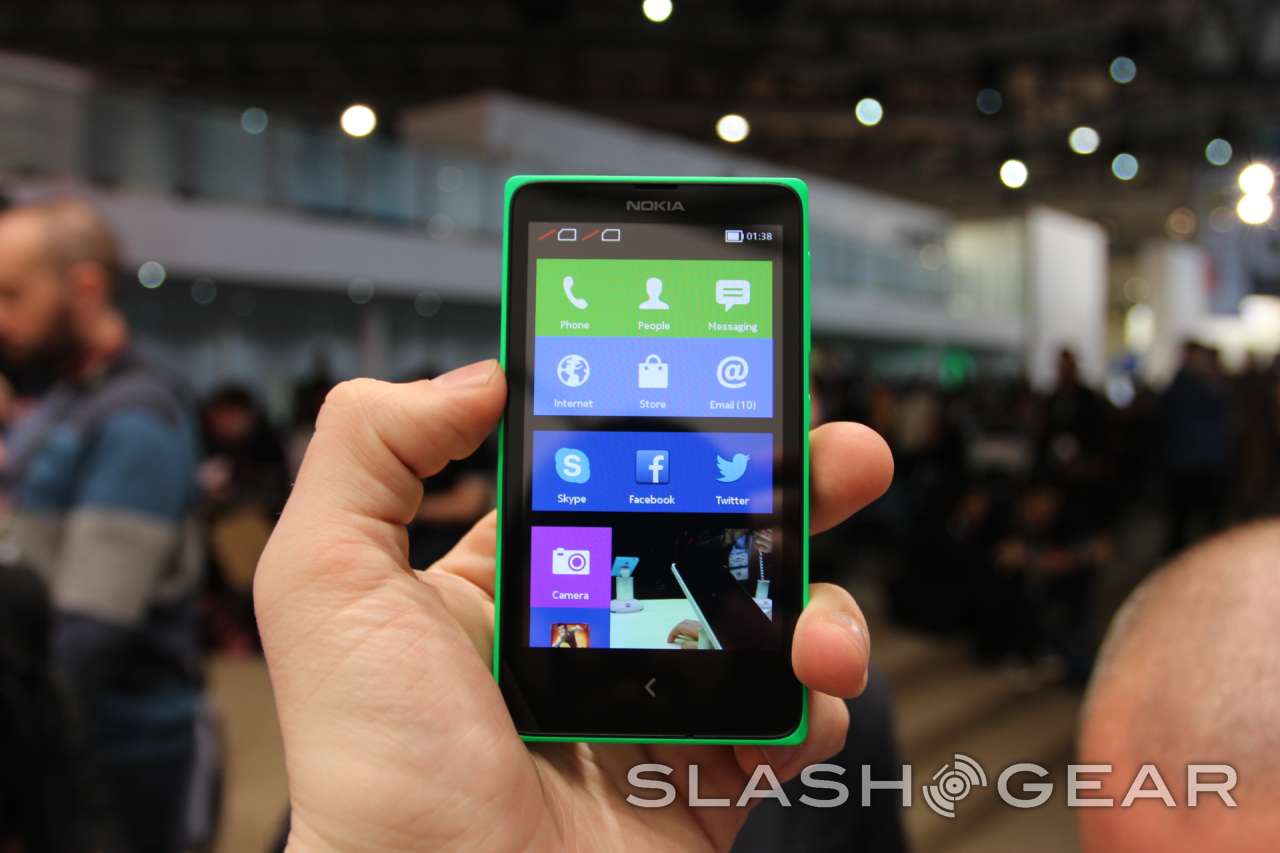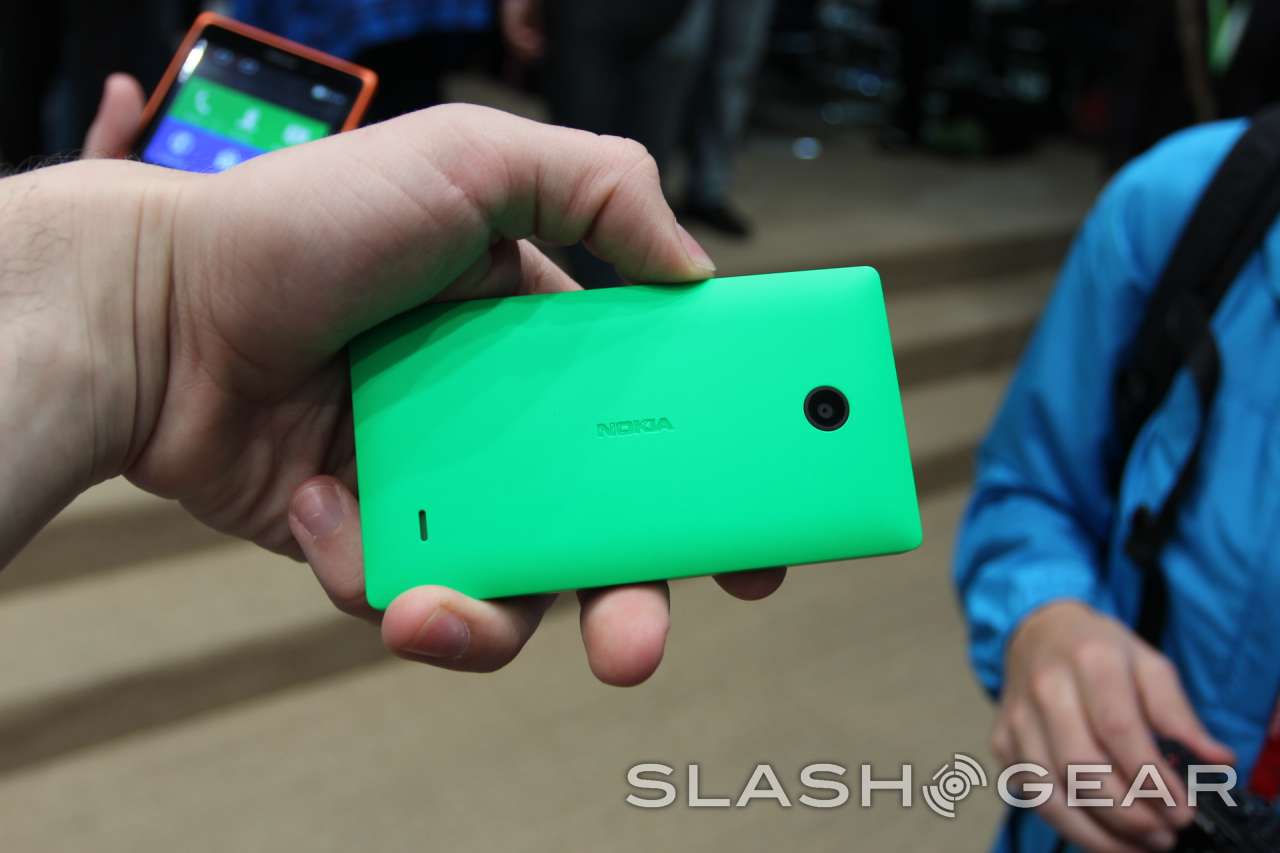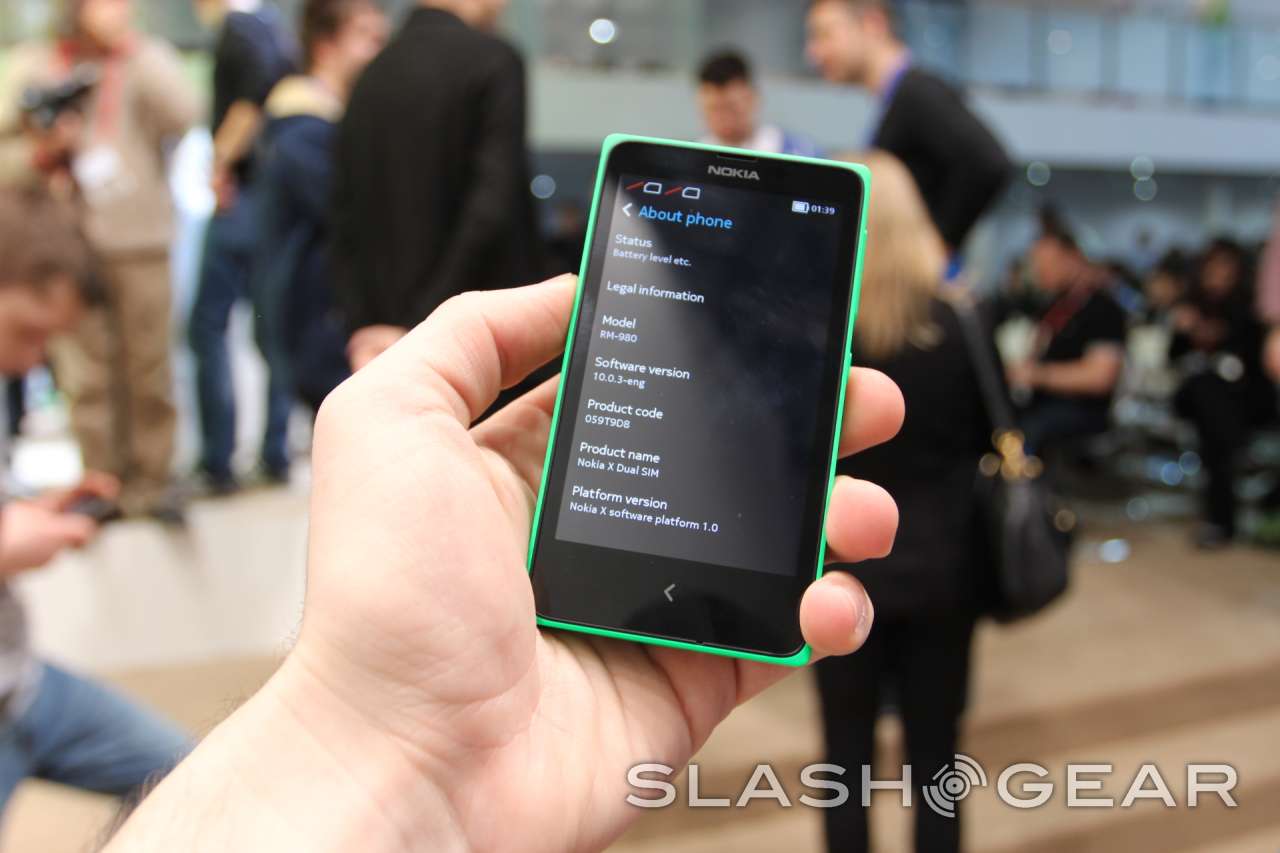Nokia X hands-on
In many ways, the Nokia X is the Finnish smartphone we've been waiting for. Eye-catching design, a ridiculously competitive price, and running Android, it's hard not to see it as a reaction in the opposite direction to Windows Phone, for all that Nokia's team responsible argues that the two are well-paired bedfellows. Freshly unveiled at MWC 2014, we've grabbed some hands-on time with the Nokia X to find out whether Android in a Lumia suit makes sense, and why – for all our hopes about the concept – this may not be the Nokia for you.
Plenty of people have been asking Nokia for an Android-powered phone for some years now. The company is well known for its beautifully constructed handsets, and with the N9 and the Lumia range after it, it demonstrated it could push the envelope in terms of striking design, too.
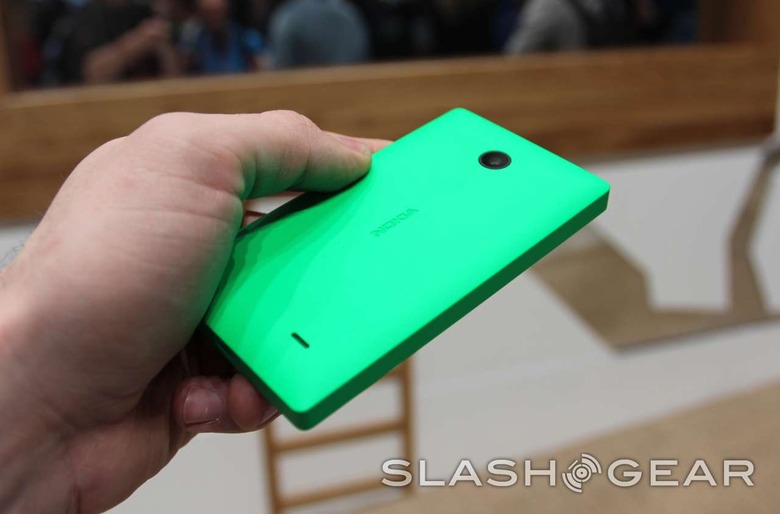
The thought of those qualities paired with the flexibility and broad app support of Google's Android was mighty appealing to many smartphone users and, so it turns out, to Nokia too.
Nokia X will eventually be a family of phones, the company says, with several more variants planned over the course of 2014. For the moment, though, there's just the one: an €89 (roughly $122; unlocked and unsubsidized) all-touch monoblock with a 4-inch touchscreen.
The resemblance between Lumia and Asha is clear from the outset. Nokia will offer the Nokia X in six different colors – the same green, black, white, yellow, cyan, and red many Lumias come in – but since the matte-finish polycarbonate shells are interchangeable, owners will be free to mix and match. The core of the phone slots neatly and securely inside, and the whole thing is not only creak-free but, should you inadvertently scratch the plastic, hides scuffs well since it's body-colored all the way through.
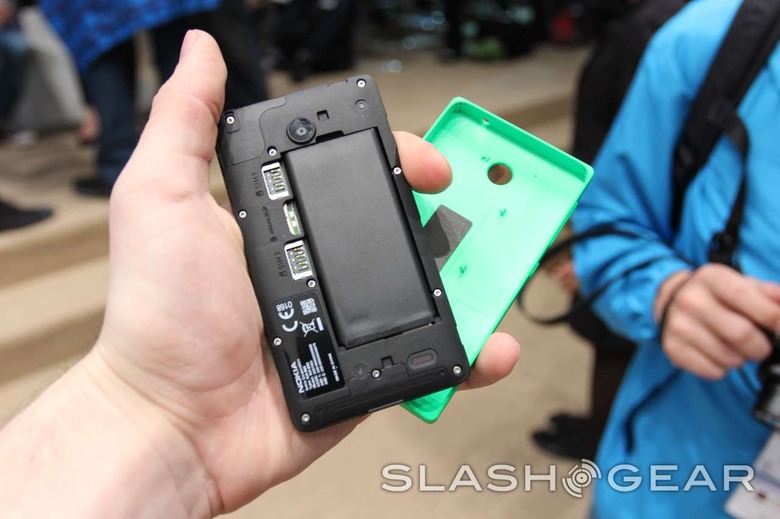
We've a fondness for compact phones, and the Nokia X nestles in the palm nicely. At just over 128g it's lightweight, and the relatively small screen – the same size, diagonally, as an iPhone 5s – is easy to reach across with a thumb when you're using it single-handedly. Physical controls are limited to a power/lock button and volume rocker on the right edge, where you'd expect to locate them on a Windows Phone, but unfortunately the dedicated camera shortcut hasn't been carried over as well.
Nokia has obviously had to trim the fat – and some of the flesh, arguably – to bring the Nokia X down to its ambitious price, and the result is a device that underwhelms on paper compared to the Android norm. The 1GHz dualcore Snapdragon processor and 512MB of memory aren't, in fact, the bottleneck we feared they might be, with the Nokia X actually moving between apps and through its simplistic menu structure fairly smoothly.
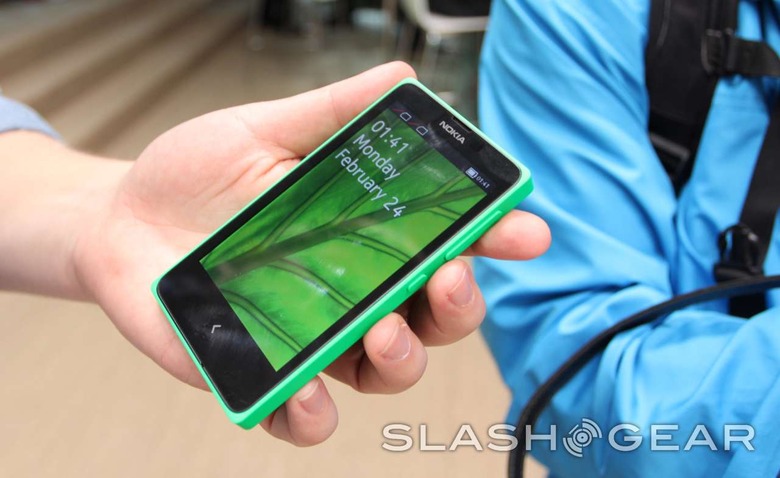
What proved more disappointing were things like the relatively low-resolution display, at a mere 800 x 480 WVGA, which can look pixelated at times, and the 3-megapixel camera with its fixed-focus lens. At a time when 5-megapixels feels like the bare minimum on Android handsets, Nokia's decision to step down a level even further seems like more of a sacrifice. LTE is another element that disappoints by its absence, though given the developing-markets target of this initial handset, it's probably not so great a concern; certainly, the dual-SIM support as standard will prove more than adequate recompense.
In use, the Nokia X is an unusual hybrid of Windows Phone and Asha Touch. On the one hand, the regular homescreen – with its icons and widgets redressed as Live Tiles, albeit a little more basic in their dynamic operation – looks considerably like what you'd find on a Lumia. Shortcuts can be clustered together or organized into folders, and Nokia has done away with the app launcher view altogether, instead putting all software on a single long-scrolling pane.
Swipe to the side, however, and things get very Asha-esque. Nokia calls it the Fastlane, and while its been turbocharged somewhat for Nokia X, the concept is the same. All notifications, recent apps, updates, and alerts are listed in chronological order, together with relevant shortcut operations such as replying to a message, returning the call of a contact, Tweeting out a new status update, or resuming music or video playback.

Combined with the single touch-sensitive button under the display – tapped to go back a step, and held to return to the homescreen – it's a system that's surprisingly easy to familiarize with. The extra abilities added to each entry in the Fastlane help here, since it now feels less than a list and more like a timeline of your commonly-used features, and they're arguably even easier to access than where Android-proper puts them in the pull-down notification bar. That, on Nokia X, is now far more simplistic, more a place to switch between SIMs and toggle things like WiFi.
Software is the big advantage on the Nokia X, both because it's running Android and because Nokia makes it. For the former, broad compatibility with virtually all existing Android apps means there's a huge amount of software out there to try; Nokia has sensibly made it especially easy for developers to update their apps to work with the mere three new APIs, waving in front of them the carrot of plentiful in-app purchases from customers in developing nations who, while they don't have a credit card, do have carrier billing.
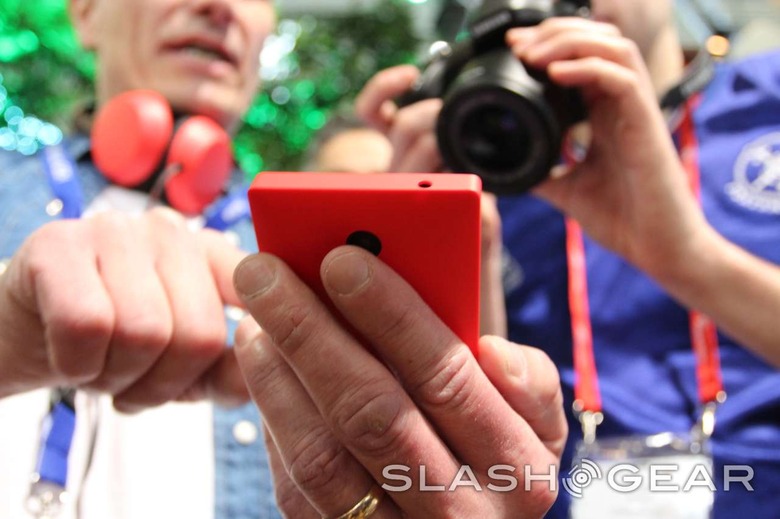
As for it being a Nokia, as we've seen on Lumia the company isn't afraid of putting time and effort into its own exclusive apps, and the Nokia X gets to share in those spoils. As well as the solid and capable HERE Maps, with 3D navigation and offline mapping, there's Mix Radio for streaming and offline playlists, all without a subscription fee. You could well argue it's the best of both worlds between Android and Windows Phone, though having to wait for developers to embrace the Nokia Store (since Google's Play isn't available) is mildly frustrating.
Nokia has been sensible with how the OS and UI are handled moving forward, too. In fact, they're two separate components, meaning Nokia can individually update the interface layer of its overall Nokia X Software Platform independently from the underlying Android OS. Considering the delays we've seen affect some Android OEMs, who have been forced to wait to tweak their customized UIs until it's time for a more significant OS update from Google, that makes a lot of sense.
Still, for all the Nokia X's positives, there's undeniably a sense that the company has purposefully set the bar relatively low. That's partly for price and target audience reasons, certainly, but it's also a move to preserve the low-mid-high positioning of Asha, Nokia X, and Lumia, and make sure Windows Phone isn't shaken from its position at the top of the perch.
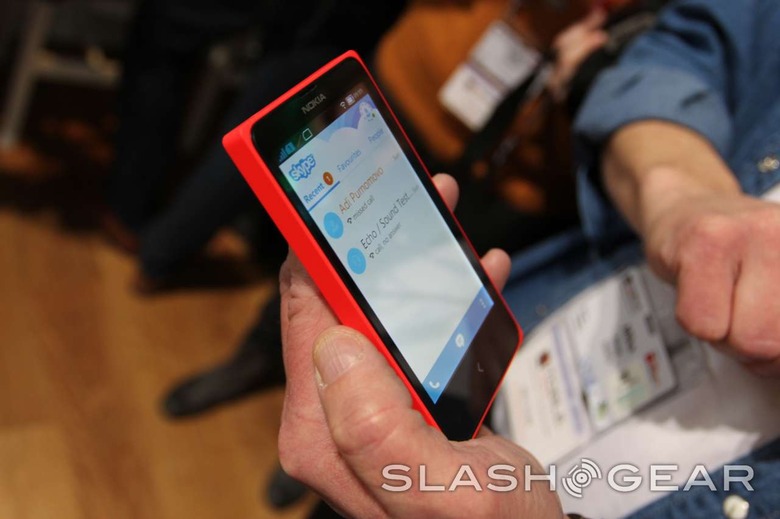
That said, that the Nokia X family won't be officially sold in the US maybe isn't such a big deal. Things like the underwhelming camera and absence of LTE would, for all the handset's design charm, begin to grate after a while.
It's bittersweet, then, this first Nokia Android device. The Nokia X has a compelling, straightforward interface, great design, and ambitious pricing, and deserves to do well in the developing "next billion" market for which Nokia. For the rest of us, a Windows Phone makes more sense whether the demand is camera ability, connectivity, or performance, though that won't stop us looking longingly in the Nokia X's direction.


